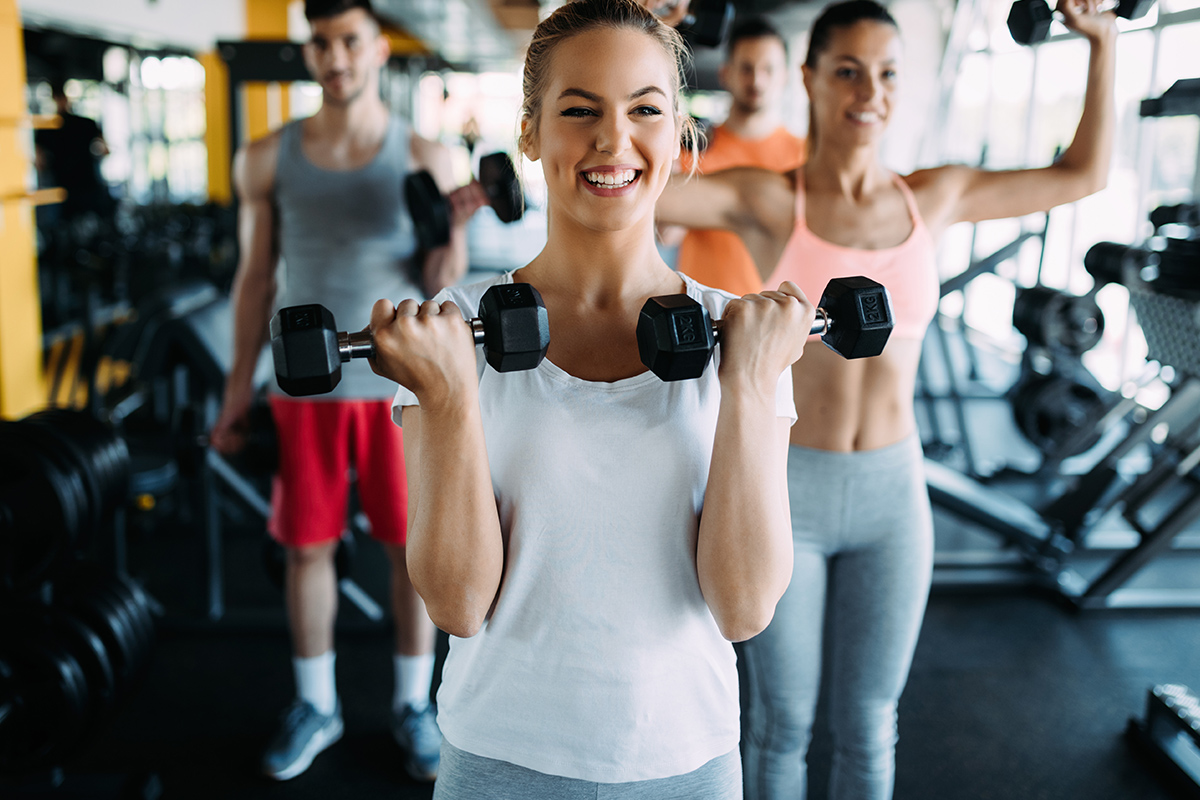
Body Types: The Ectomorph, Endomorph, and Mesomorph
In 1954, William H. Sheldon published the book The Atlas of Men. It was a guide for classifying the human body based on its structural features. Today, we still use his classification system to draw a distinction between body types. According to Sheldon, there are 3: The Ectomorph, Endomorph, and Mesomorph.
The idea behind the different classifications is that they can help you understand if your body is genetically predisposed to excel in some areas of fitness and engineered to do poorly in others. Understanding your body type means you can take advantage of what your body may naturally be good at and learn what you need to avoid or do more of in order to maintain good health.

The Ectomorph
The Ectomorphic body type is characterized by:
- Small bones
- Long, slim muscles
- Long arms and legs
- Low, narrow shoulders
Source: Seyhan, 2019
Individuals with this body type tend to have low fat storage and find it difficult to gain muscle. These are the people who seem to eat and eat and gain no weight. While this sounds amazing, they also have a hard time putting on muscle. To effectively bulk up, Ectomorphs have to follow a calorie-dense nutrition plan and adhere to plenty of strength training. Cardio may actually make it harder to build muscle if you have the Ectomorph body type.
Sports and Activities Best Suited for Ectomorphs:
- Marathons
- Triathlons
- Cross-country skiing
- Tennis
- Cycling
- Circuit Training
Source: Ruiz, 2017

The Mesomorph
The Mesomorphic body type is characterized by:
- Noticeable muscularity
- Large and thick muscles
- Wide shoulders
- Thick forearms
- Large hands, wrists and fingers
Source: Seyhan, 2019
The Mesomorph tends to have lower body fat and is able to gain muscle easily. For this body type, it is easier to bulk up with strength training while cardio exists in the workout regimen mostly to maintain a lean look.
Sports and Activities Best Suited for Mesomorphs:
- Weightlifting
- Bodybuilding
- Soccer
- Hockey
- Rugby
Source: Ruiz, 2017

The Endomorph
The Endomorphic body type is characterized by:
- A round and soft body
- Short neck
- High square shoulders
- A sagging abdomen
Source: Seyhan, 2019
Individuals with this body type will tend towards having higher body fat and lower muscle mass. Because of this, bulking requires attentiveness to calorie intake, so you don’t consume more than you burn. A combination of cardio and strength training can help you keep calories under control while also working on muscle gain. Cardio is more important for people in this group than it is for others.
Sports and Activities Best Suited for Endomorphs:
- American football
- Long-distance swimming
- Rowing
- Cross-country skiing
- Snowshoeing
Source: Ruiz, 2017
Combination Body Types
It’s possible that you may have a combination body type if you identify with elements from multiple categories. Some online calculators claim they can estimate your body type after you’ve answered a series of questions. However, Sheldon’s original method required a lot of measuring and some long equations. So, while they may give you a vague idea, we’re hesitant to believe in the accuracy of questionnaires that don’t consider detailed body measurements.
If you do learn your unique body type, you’ll better understand your body’s exercise needs and potential physical advantages. That’s not to say, however, that you should consider yourself limited in what you can do. Many Ectomorphs and Endomorphs train their way to a lean, muscular, v-shaped or hourglass build. It’s not impossible, only easier or more difficult based on your individual body type.
To learn how you can sculpt a v-shaped physique, check out our article on How to Build the Illusion of Broad Shoulders. To learn how to train your way to an hourglass body shape, read our article on How to Create the Hourglass Illusion. For more interesting reads, subscribe to our newsletter to receive monthly highlights from the LA Fitness blog!
Sources
- Seyhan, Sinan. “Examination of Physical Fitness and Somatotype Features of Parkour Practitioners (Traceur) and Gymnasts in University Education.” Journal of Education and Learning, 8 Mar. 2019, www.ccsenet.org/journal/index.php/jel/article/view/0/38799.
- Ruiz, Fernando Pages. “Just Your Type.” Experience Life, 9 June 2017, experiencelife.com/article/just-your-type/.


































